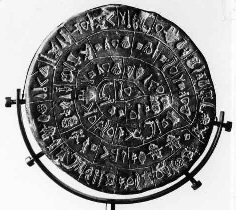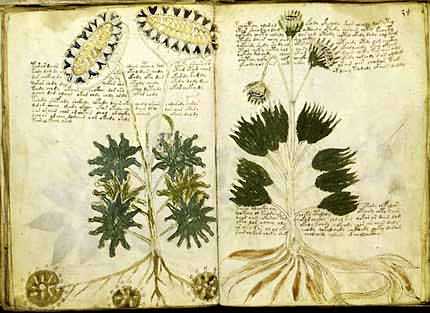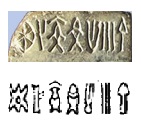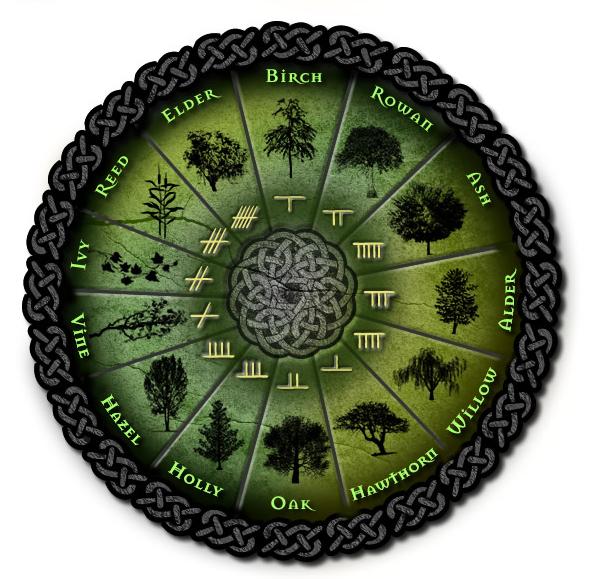|
 Words of Wisdom:
Words of Wisdom:
Until the
development of ideograms, alphabets and scripts, the primary
means of recording knowledge was through the oral tradition. As
well as providing a historic and mythological narrative, the
oral tradition was the platform upon which the wisdom of the
elders was transferred from generation to generation, a
tradition which as far as we know is unique in the animal
kingdom. The transfer from the oral tradition to the written
word has led to an unprecedented level of information exchange
between people today, but to what end.?
| |
|
 |
|
From
the earliest Palaeolithic pictograms to the 100+
known
written languages today, the human species
has endeavoured to find alternative means of transferring our
thoughts. At the same time as researchers are still
trying to decipher several well known scripts such as
the Indus Valley. Epi-Olmec and Vincan, it is
now proposed that the Palaeolithic images themselves
represent the dawning of writing.
(The
Origin of Writing) |
| |
|
| |
 |
|
|
|
History has recorded the tragic destruction of
numerous libraries and texts but what remains offers
us a rare glimpse into
the imagination of our ancestors in a way that
archaeology never can. This section
is provided as a means of freely accessing some of the
greatest written texts of all time.
(List
of Ancient Texts) |
| |
|
| |
|
 |
|
The Phaistos disc was
discovered in 1908 in the Minoan palace of Phaistos on Crete, suggesting a dating of
middle to late Minoan origin. Although there have been
several attempts to decipher the images on the disc, none have been proven
conclusively and the meaning behind this unique artefact remains unknown.
(The
Phaistos Disc) |
| |
|
| |
 |
|
|
|
Described as 'The Worlds Most Mysterious
Manuscript', this early 15th century document
still resists a definitive explanation and
defies cryptology. The jury's still out over the
origin, author, authenticity, language, content
and meaning of this manuscript, making it one
the most interesting undeciphered texts in the
world today.
(The
Voynicht Manuscript) |
| |
|
| |
| |
|
 |
- Easter Island - Indus Valley
Scripts:
Mohenjo Daro and Easter Island are diametrically
opposite to each other and the cultures were
separated by thousands of years, yet the
similarity between the two scripts (Rongo-Rongo and
Indus Valley) is undeniable and remains unexplained
with neither having been deciphered.
(Easter
Island/Indus Valley Scripts) |
| |
|
| |
 |
|
|
- Tree lore - The Ogham
Alphabet:
Ogham
script was commonly used in Europe c. 400 AD,
and is often referred to today as the "Celtic
Tree Alphabet" following Robert Graves 'White
Goddess', in which he suggested that along with
being an alphabetic script, each stroke of Ogham
was also associated with a tree and
the lunar calendar.
(More
about Ogham Script) |
| |
|
| |
|
Words of Wisdom:
Great names
such as Solomon and Confucius are not only remembered for deeds,
but for their words and thoughts too. Similarly, the musings of
the Greek philosophers and the record keeping of the
Mesopotamian astronomers are products which give insight to the
processes of the ancient imagination in a way that a physical
artefact never can. It is now suspected that the origins
of the written word can be discerned in the pictograms of
Palaeolithic cave art, with suggestions that many of these early
symbols have been carried down through history, transforming
into letters of various alphabets around the ancient world, and
still used today.
The prime
example of this is the letter A (Gr: Alpha),
which derived from the Phoenician letter, Aleph ( ),
'Plutarch, in Moralia, presents a discussion on why the
letter alpha stands first in the alphabet. Ammonius asks
Plutarch what he has to say for Cadmus, the Phoenician who
reputedly settled in Thebes and introduced the alphabet to
Greece, placing alpha first because it is the Phoenician
name for Ox' (1).
The same sign is seen upside down in earlier ancient scripts
and is an archetypal symbol which is seen throughout the
human record as far back as the Palaeolithic. ),
'Plutarch, in Moralia, presents a discussion on why the
letter alpha stands first in the alphabet. Ammonius asks
Plutarch what he has to say for Cadmus, the Phoenician who
reputedly settled in Thebes and introduced the alphabet to
Greece, placing alpha first because it is the Phoenician
name for Ox' (1).
The same sign is seen upside down in earlier ancient scripts
and is an archetypal symbol which is seen throughout the
human record as far back as the Palaeolithic.
The ancient
Egyptians called their script mdju netjer, or "words of the gods."
(2),
demonstrating that the importance of script was recognised as long
as 5,000 years ago. Today, the importance of surviving ancient texts
is of a different nature, as the darker side of human nature has
systematically destroyed the greater part of our attempts to record
our thoughts and deeds in script, revealing perhaps ironically, the
enduring strength behind the oral tradition.
(Return
to Homepage)
(A-Z
Index)
|